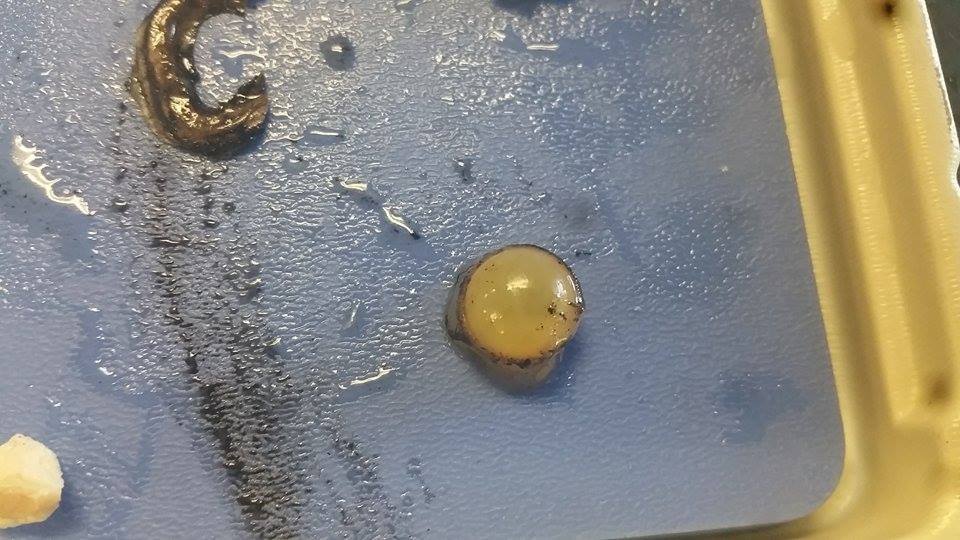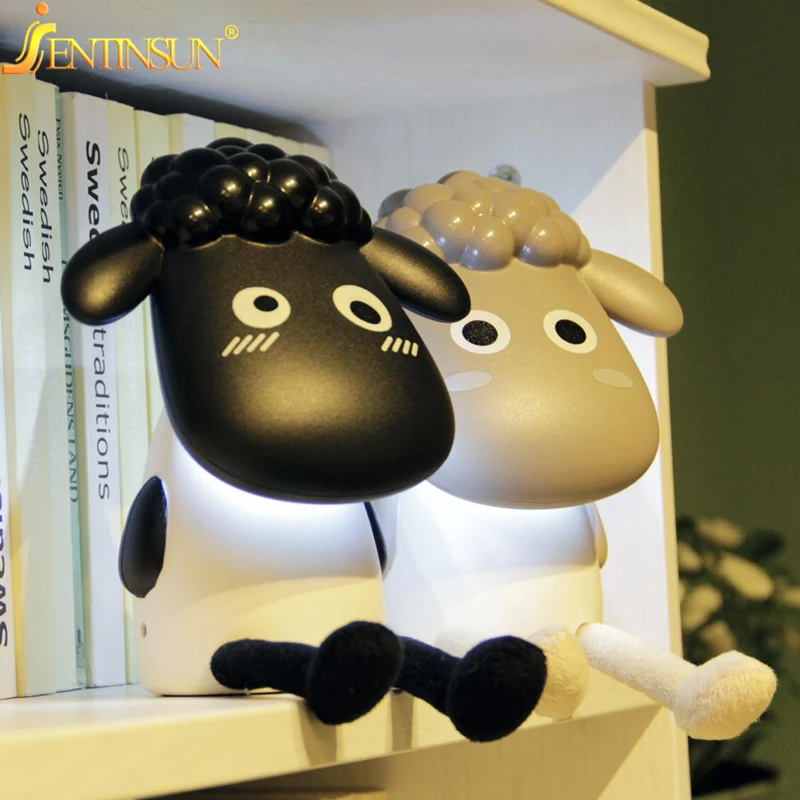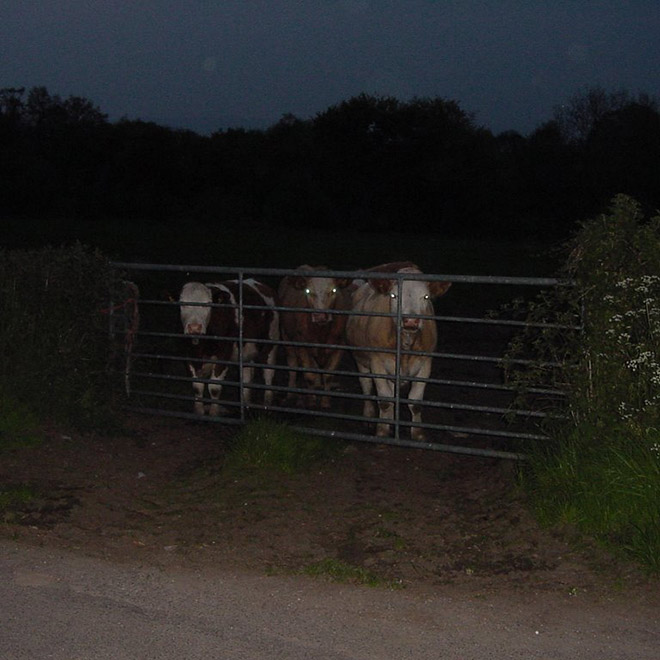


People who work with these types of lights are required to wear protective gear to filter out some of the blue light. The eye-health risks posed by lamps increase as the scale goes up but notably, those that are high-risk, with a rating of 2 or 3, are usually only present in industrial settings. The LED lights present in homes, offices, and your screens, have this kind of a low-risk rating. “0” means that the light poses no risk to your eyes, and doesn’t require any kind of warning label. Too much light can damage these cells.Īll LED lighting is rated on its safety on a scale of 0 to 3 used by both the American National Standards Institute and the International Electrotechnical Commission to bring uniformity to LED light labeling. The retina of our eyes have cells called photoreceptors, which pick up light. The risks to eye health from light exposure come down to brightness. White light is a combination of all the different wavelengths of light we can see, and is given off by lamps, screens, and the sun. Like its name implies, when blue light is reflected off a surface, we see the color blue. For context, red light is about 635 to 700 nanometers. It’s on the shorter end of wavelengths we can see, around 400 to 500 nanometers. What is blue light?īlue light is a component of light present in the normal visible spectrum. But the risks to typical screen-users eye health is seriously overstated, both by the agency’s own report and press release, and in the news headlines that followed. What the report gets right is that blue light from screens can affect our bodies and the environment. And yet, if you dig a little deeper, you’ll find you can take a sigh of relief. Danger is everywhere and imminent, it would seem. Not only that, but it says that there are environmental risks to blue light from LED screens, too. Authors of the report claim their work “confirms the toxicity of blue light on the retina” while also showing that blue light can seriously disturb sleep-related biological rhythms. A dog's ancestors indeed fed on critters that were mostly active during crepuscular times, at dusk and dawn.The press release (in French) put out by the Agency for Food, Environment, Occupational Health, and Safety is dire. Dogs see better in dim light because of their evolutionary past as crepuscular hunters. It is estimated that dogs are capable of seeing in light that is five times dimmer than what a human can see. Dogs see better in the dark because they have a history as crepuscular hunters. So next time you are picking a toy for your dog, skip the red toys and look for a blue one instead. This explains why in the sport of agility, you often see many agility obstacles featuring the colors blue and yellow. However, they have a much better time detecting yellow and blue.

Just like a deuteranope, dogs have a hard time discriminating between red and green. One may compare a dog's perception of color as being roughly similar to that of a person who is red-green color blind (a deuteranope).

Humans, on the other hand, have three and that makes them trichromats. Dogs are known for having two types of functioning cone cells in the eye which allows them to see color.


 0 kommentar(er)
0 kommentar(er)
